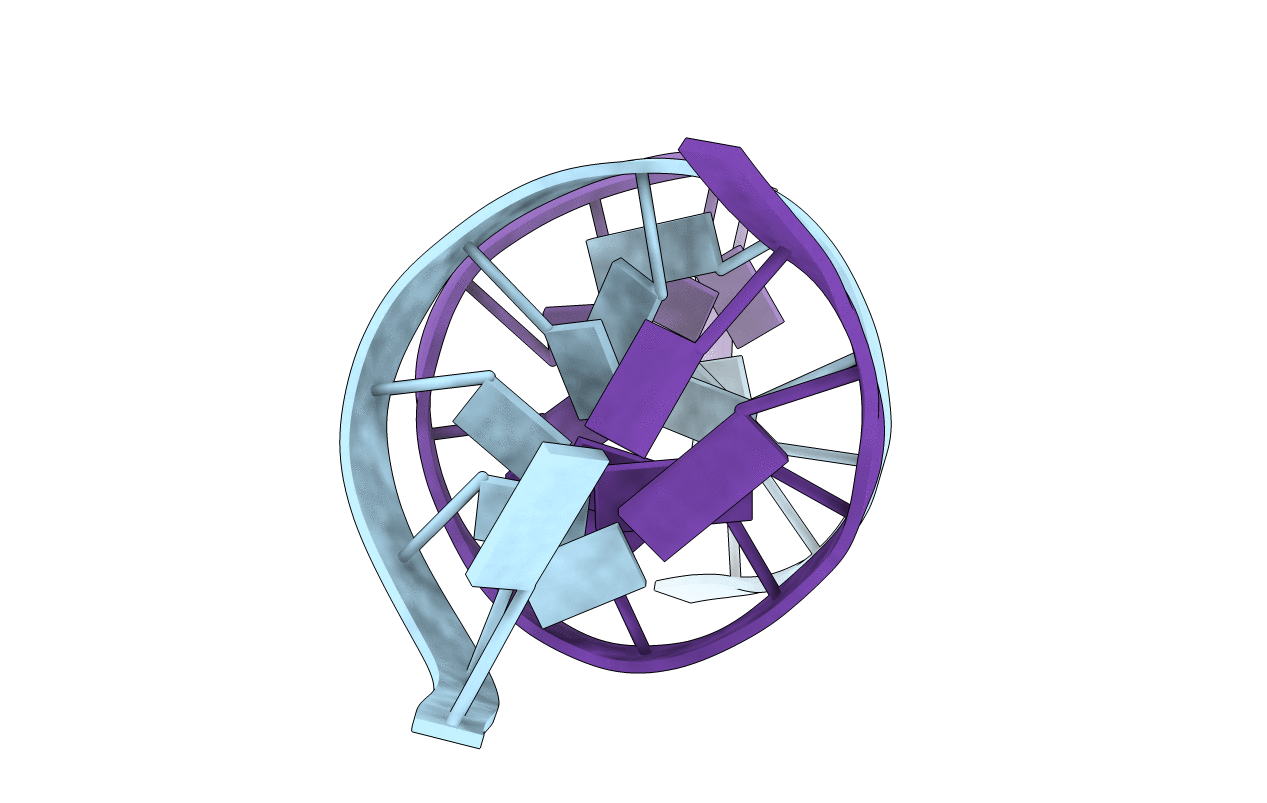
Deposition Date
2002-10-30
Release Date
2003-11-04
Last Version Date
2024-05-01
Entry Detail
Biological Source:
Source Organism:
Method Details:
Experimental Method:
Conformers Calculated:
100
Conformers Submitted:
1
Selection Criteria:
the structure submitted is the lowest energy structure of a an ensemble of selected ten structures


